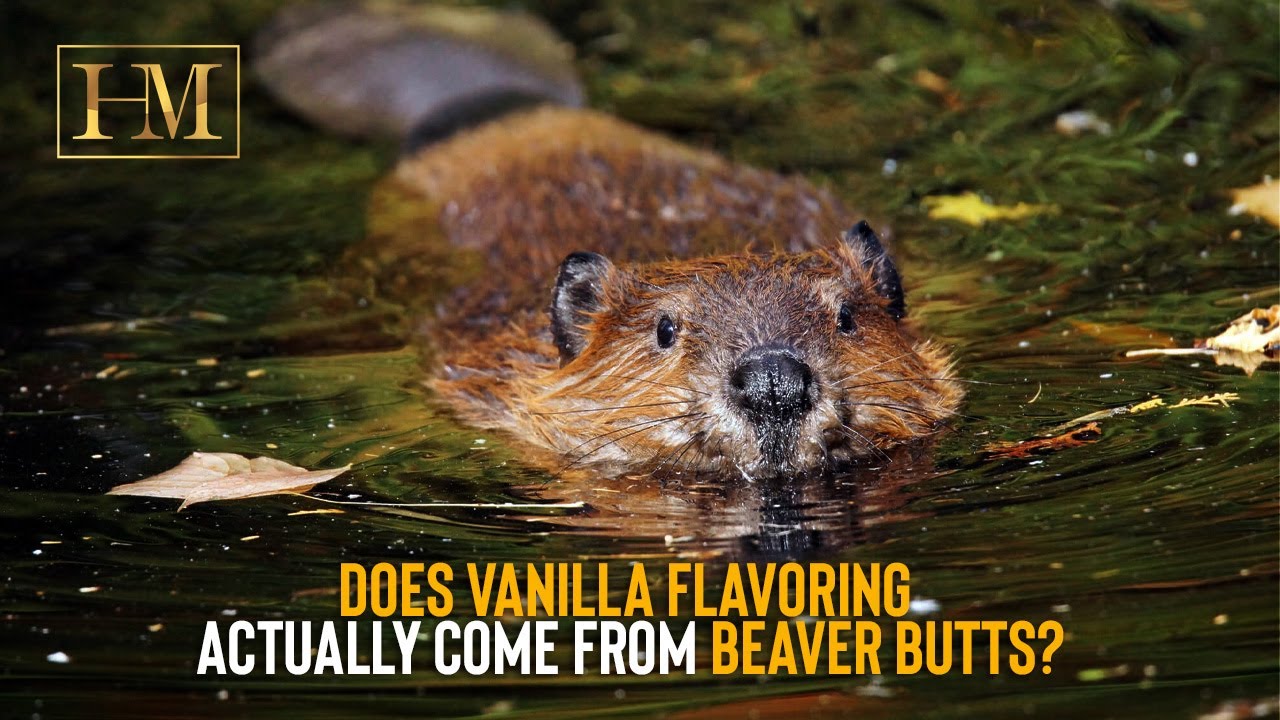Where Does Vanilla Flavoring Come From? TikTok Uncovers
– Vanilla comes from the fruit of a tropical species of climbing orchid that blooms once a year
– Hand-pollination technique discovered in 1841 allowed vanilla to be cultivated in places other than Mexico
– Vanilla production mainly comes from Vanilla planifolia (Madagascar/Bourbon vanilla), also grown in Mexico, Papua New Guinea, and other equatorial countries.
– There are other varieties of vanilla, such as V. tahitensis (Tahitian vanilla) and V. pompona (found in Central and South America) with slight taste variations.
– Vanilla beans need to be cured for up to two months after picking to be usable.
– Pure vanilla is expensive and has a fluctuating price influenced by natural disasters and changing demand.
– Vanilla extract is made by soaking cured vanilla beans in an alcohol solution.
– Vanilla extract must contain at least 35% alcohol by volume and 100 grams of vanilla bean per liter.
– Most vanilla flavoring in food products (as much as 99%) comes from artificial vanillin derived from petrochemicals, wood pulp, or other sources.
– Major food companies have committed to removing artificial flavors, including vanillin, from their products in the United States, increasing the demand for real vanilla flavoring.
– Native Vanilla purchases vanilla directly from small growers and emphasizes sustainable farming practices.
– The compound responsible for vanilla flavoring is called castoreum and is produced in the castor sacs of beavers.
– Castoreum can be “milked” from anesthetized beavers and used as a flavoring or scent in foods and perfumes.
– The US Food and Drug Administration considers castoreum a safe additive.
– Castoreum has been used in food and perfume for at least 80 years.
– However, it is not commonly ingested because it is difficult to obtain in large quantities and is not kosher.
– Most vanilla flavoring in food and drinks today is synthetic.
– Synthetic vanillin, a version of the organic compound found in vanilla beans, is now used more often than natural extract.
– Artificial vanillin is made from guaiacol or lignin, both derived from plants.
